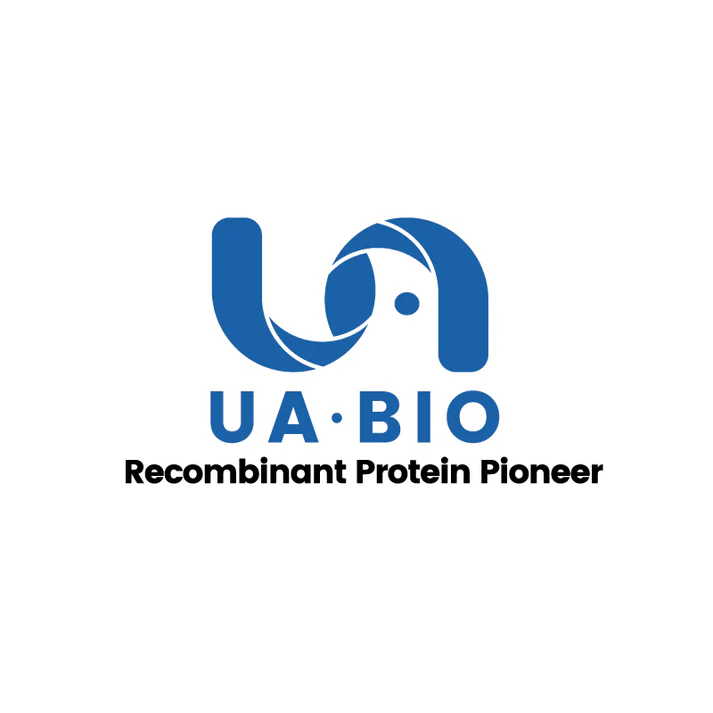1μg (R: reducing condition, N: non-reducing condition).
Product Details
Product Details
Product Specification
| Species | Human |
| Synonyms | Sialic acid-binding Ig-like lectin 1, Siglec-1, CD169 |
| Accession | Q9BZZ2-1 |
| Amino Acid Sequence | Ser20-Gln1641, with C-terminal His |
| Expression System | HEK293 |
| Molecular Weight | 175-190kDa (Reducing) |
| Purity | >95% by SDS-PAGE |
| Endotoxin | <0.1EU/μg |
| Conjugation | Unconjugated |
| Tag | His Tag |
| Physical Appearance | Lyophilized Powder |
| Storage Buffer | PBS, pH7.4. |
| Reconstitution | Reconstitute at 0.1-1 mg/ml according to the size in ultrapure water after rapid centrifugation. |
| Stability & Storage | · 12 months from date of receipt, lyophilized powder stored at -20 to -80℃. · 3 months, -20 to -80℃ under sterile conditions after reconstitution. · 1 week, 2 to 8℃ under sterile conditions after reconstitution. · Please avoid repeated freeze-thaw cycles. |
| Reference | Crocker P.R., Paulson J.C., Varki A. Siglecs and their roles in the immune system. Nat. Rev. Immunol. 2007; 7:255–266. |
Background
Human Siglec-1, a 175-185 kDa glycoprotein, also known as sialoadhesin or CD169, selectively binds to 2,3-linked sialic acid residues. Siglec-1 is a type I transmembrane lectin with an amino-terminal V-set domain that interacts with sialylated ligands, preferentially N-acetylneuraminic acid (Neu5Ac) in an α2–3 linkage. Moreover, as Siglec-1 contains 16 Ig-like C2-type extracellular domains that separate the ligand-binding site from the cell surface, it is available for interaction with external ligands and not bound in cis to cell-surface molecules, which is what usually happens with shorter Siglecs that are also expressed by DCs. Siglec-1 is a receptor codified by an interferon-stimulated gene and is therefore potently upregulated on distinct human DCs, monocytes, and macrophages when these cells sense type I interferons (IFNs) such as IFNα.
Picture
Picture
SDS-PAGE


